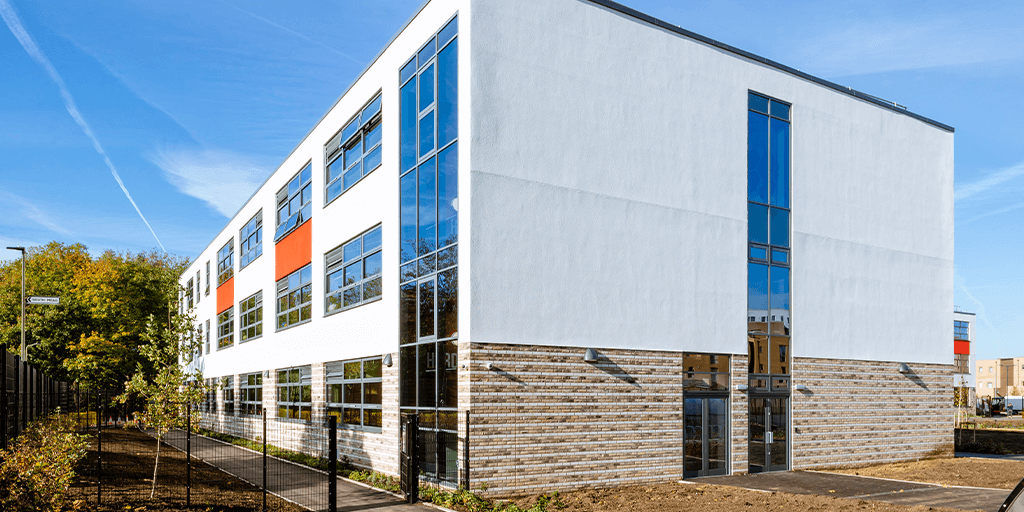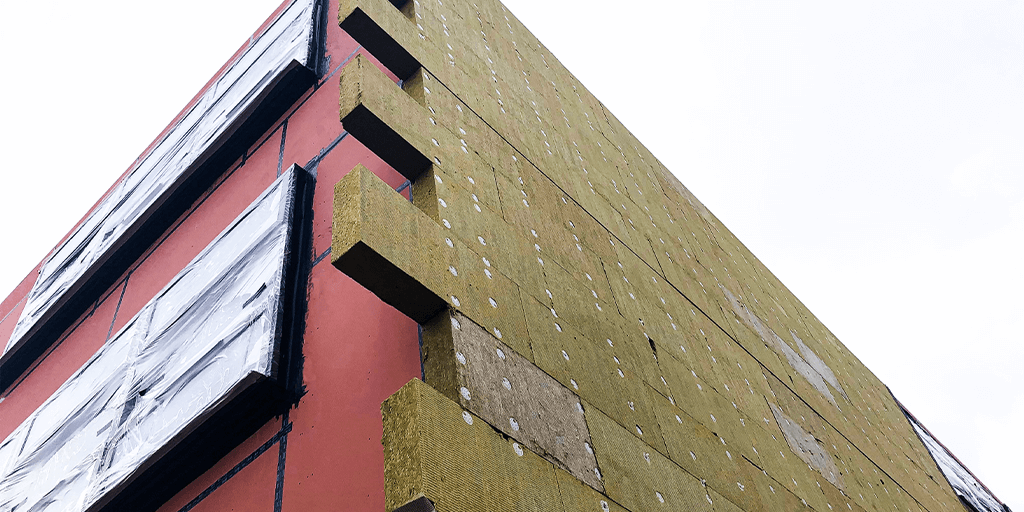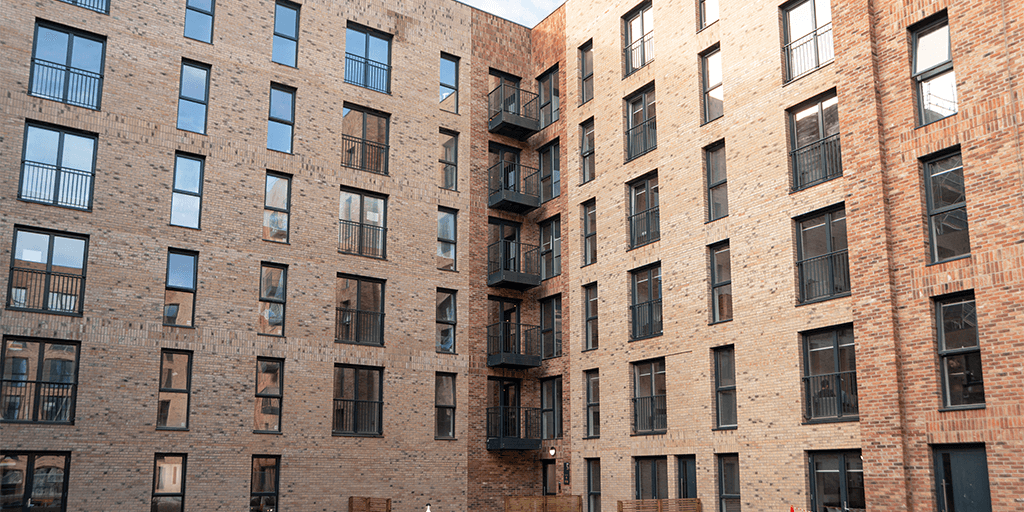
With its much more comprehensive regulatory role and significantly more stringent enforcement, the Building Safety Act will have a profound effect on the whole supply chain. As a supplier of both products and systems, Knauf offers solutions to specifiers looking for support on compliance.
The changes outlined within the Building Safety Act are being reviewed at Knauf where the technical team is starting to feel the impact of the new legislation on the design process. A particular focus is the Knauf ThroughWall system for exterior infill panels: comprising multiple products designed to work together as a system solution, ThroughWall is also designed to integrate with Knauf interior systems.
Specifying a system whose performance has been tested for acoustic, fire and thermal efficiency provides a method for specifiers to choose a demonstrably compliant solution that will satisfy the requirements of the Building Safety Act, being introduced in stages over forthcoming months.
There are now three stages of the construction process where the Building Safety Regulator can bring the whole project to a standstill if the detail of the Building Safety Act is not being observed.
Gateway one, already in force as part of planning legislation changes made in 2021, is the point at which a project is sent for planning approval. Considerably more detail must be included at this stage and a higher risk building will simply not gain planning consent unless the information required by the Building Safety Act is ready.
Designers will be looking for systems that provide tested systems and/or independently warrantied certification.
In the case of a system such as the Knauf ThroughWall, this means that every element, from the interior finish, metal frame system, and insulation through to the external sheathing board and external insulation must be tested as a complete exterior infill panel system. Third party certification (in this case provided by BBA) recognises the product quality and reliability for application in the built environment through the use of rigorous testing processes and third-party certifications.

Specifying a certified system provides evidence that the required performance criteria have been met. Where technical guidance is sought at the design stage, the specifier needs to be confident that the technical advisor will meet the standards required to be a competent person. There is onus on the manufacturer as well as the specifier to ensure that their team can demonstrate their competence: a requirement that applies to all stakeholders within the supply chain.
And finally, the product details must be compiled in a centralised database. It is absolutely central to the principle of the “Golden Thread” that those responsible at every stage of the build process have easily accessible, reliable, up to date and accurate information. BIM models provide one way of achieving this consistency.
With all of this technical information correctly documented, the requirements of Gateway One should be met and a reputable manufacturer will have put the processes in place to ensure they can provide the products and advice required at the design stage.
The Knauf team are certainly finding a significant increase in the volume of enquiries being made at the early design stages of a project. Too often in the past it has been at the later stages of the construction process when there has been a flurry of requests to provide the documentation to demonstrate the correct application of products – too late to make amendments to refine the design. It is very difficult to retrospectively engineer compliance.

Gateway two and three relate to activity on site and building occupation respectively and are currently expected to be introduced by October 2023.
The building owner must demonstrate that safety is being considered at every stage of a building’s construction. The Golden Thread of accurate technical and operational data will ensure relevant information is stored and updated throughout the building’s lifecycle. The information in the thread will come from those who have designed and constructed the building and also from those who manufactured the components used.
The overall objective of the Building Safety Act – to improve the safety and quality of buildings – requires greater collaboration throughout the supply chain. For manufacturers providing whole system solutions it also presents a significant opportunity. It will be more difficult for specifiers and contractors to demonstrate that a combination of individual products will meet the required standards. Providing the reassurance of a fully warrantied system, tested as a complete system, will provide significant benefits for the specifier.
Photography credits
Heath Primary School
Architect: Associated Architect
External walls: Knauf ThroughWall System
Photographer: Ben McPhee
Ordsall Dock 5
Client: ForLiving
Architect: Falconer Chester Hall
External walls: Knauf ThroughWall
Photography credit: ForHousing or A&G Fairhurst
Saracens School
Architect: Stride Treglown
Contractor: Bowmer + Kirkland
External walls: Knauf ThroughWall
Photography credit: Bowmer + Kirkland
